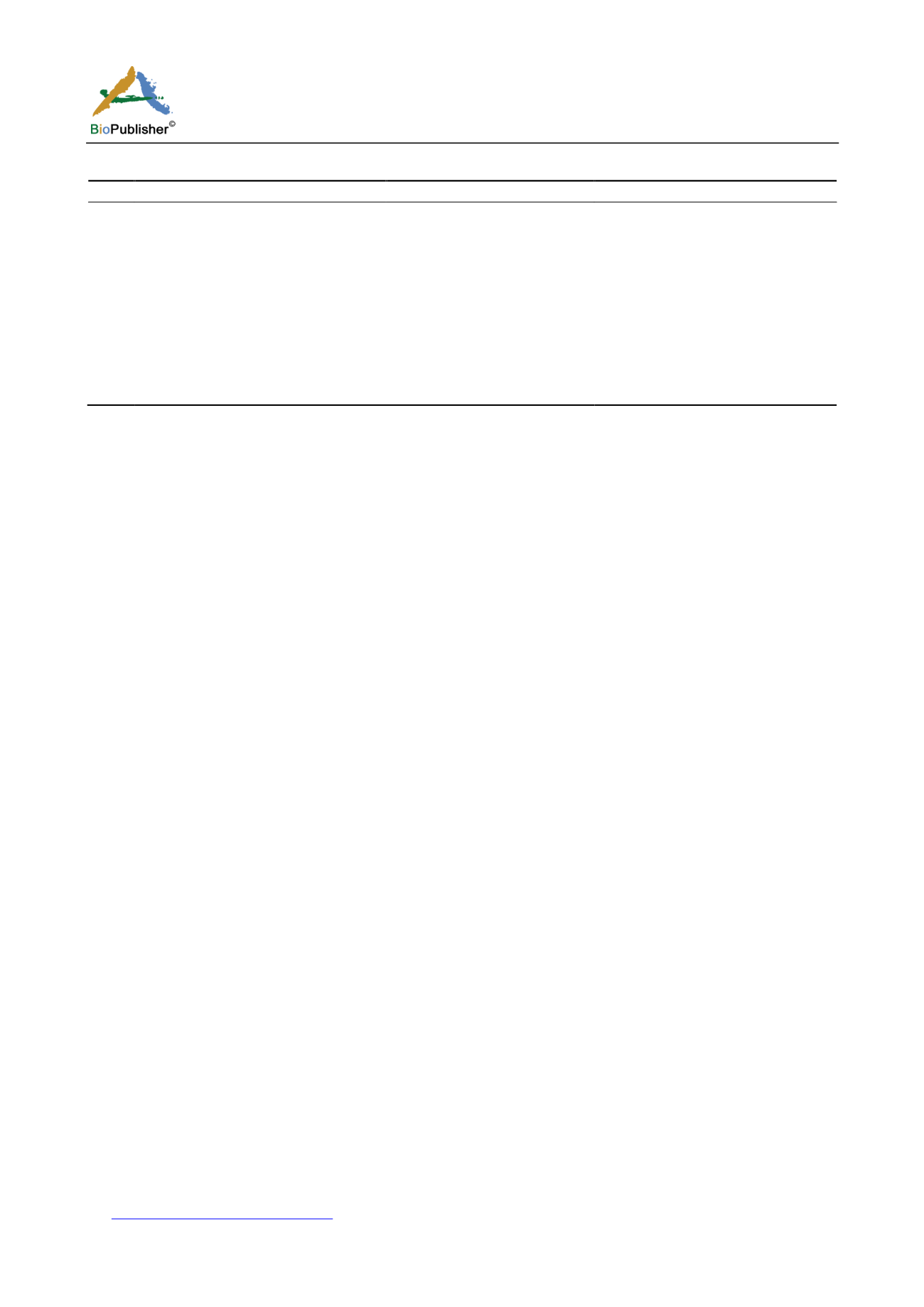
International Journal of Marine Science, 2017, Vol.7, No.38, 371-379
378
Table 1 The Differences of Livelihood Strategy on Coastal Community between Japan and Indonesia
No
Factors
Japan
Indonesia
1
Type of livelihood activity
Fisheries and Agriculture
Fisheries, agriculture and services
2
Management of business
Semi-professional
Traditional
3
Distribution of the products
FCA, Direct Market
Middlemen
4
Adaptation to environmental changes
Diversification of the products
Combined fishing, aquaculture and
product processing
5
Type of products
Fresh and Processed products
Raw material and processed products
(traditional)
6
Financial capital
Middle - Strong
Low
7
Financial management
Good
Poor
8
Scale of activity
Small-scale
Small-scale
Note: Primary Data Processed, 2016
Despite above constraints, fishermen have the capacity to improve their livelihood activities. This study shows
that the factors that can strengthen and further develop those activities include decreasing the amount of fish
harvested, promoting and benefiting from seaweed cultivation as an alternative source of livelihood, tapping
support from local governments and taking advantage of opportunities in the market. These factors are basic of
interest to fishermen who engage in seaweed farming as an alternative means of livelihood. There is a lesson
learned from both countries’ experiences that the networks, work experiences, education, and access to the assets
are as critical factors in the process of developing livelihoods particularly in fisheries activity.
3 Conclusion
Two coastal villages in Indonesia have been use seaweed culture as a tool of livelihood strategy. It could be as a
multiple strategy for fishermen’s income sources to sustaining their livelihoods. This is also as an alternative
strategy to response for decreased fish production. Livelihood diversification through seaweed farming succeeded
to enhancing household economy. However, this tool could not generalize to apply in all type of fisheries. In order
to develop seaweed as a livelihood strategy’s tool, there are several problems faced by seaweed farmers; 1)
management of production and post-harvest, 2) pricing and marketing, 3) business management, and 4) physical
environment.
In coastal village of Hiroshima, the community have been optimizing the role of Fisheries Cooperative
Associations (FCAs) and the women and/or housewife in production and marketing. Overall, marketing of
fisheries in Akitsu
Cho
(Hiroshima) and Hinase
Cho
(Okayama) has been empowered by women, particularly for
both of direct and indirect marketing activities. Oyster farming is one of strategy of fishermen to adapt the
decreased the number of young fishermen. Oyster farming give more opportunity to women participation. In term
of comparison pattern in livelihood strategy, Japan and Indonesia have similarities in altering livelihood activity
from fishing to aquculture (mariculture) activity. Meaning that mariculture activity by using sustainable manner
can be keep sustained and secured for fishermen livelihoods.
Authors’ contributions
AZ designed and conducted research, collected primary and secondary data and analyzed. AZ is also arranged all things to completed
this paper. Co-authors are contributed in data collection in Japan, data analysis and academic discussions.
Acknowledgments
The first author would like to express his thanks to “The Sumitomo Foundation For Japan-Related Research Projects” as a sponsor of
our project. Ms. Jessy Dai who joint to the field survey in Japan as an interpreter. All Japanese respondents and Indonesian
respondents who share various information during field survey.
References
Alder J., Sloan N.A., and Uktolseya H., 1994, A comparison of management planning and implementation in three Indonesian Marine Protected Areas, Ocean
and Coastal Management, 24(3): 179-198


